Optimal Conditions for Concrete Leveling
Concrete levelings are most effective when performed during specific weather conditions that support proper curing and adhesion. The ideal time is typically during mild temperatures with low humidity and minimal precipitation, ensuring the material sets correctly and achieves optimal durability.
Late spring and early fall generally provide the best weather for concrete levelings, with moderate temperatures and stable moisture levels.
Ideal temperatures for concrete leveling are between 50°F and 85°F, avoiding extreme cold or heat that can compromise the curing process.
Dry weather with low chances of rain is preferred to prevent disruptions during curing and to ensure the material bonds properly.
Scheduling during periods of consistent weather minimizes the risk of delays and ensures long-lasting results.

Spring offers moderate temperatures ideal for concrete repairs and leveling projects.

Summer's warm weather can be suitable if temperatures are controlled and humidity is low.

Fall provides cooler, stable weather conditions favorable for concrete levelings.
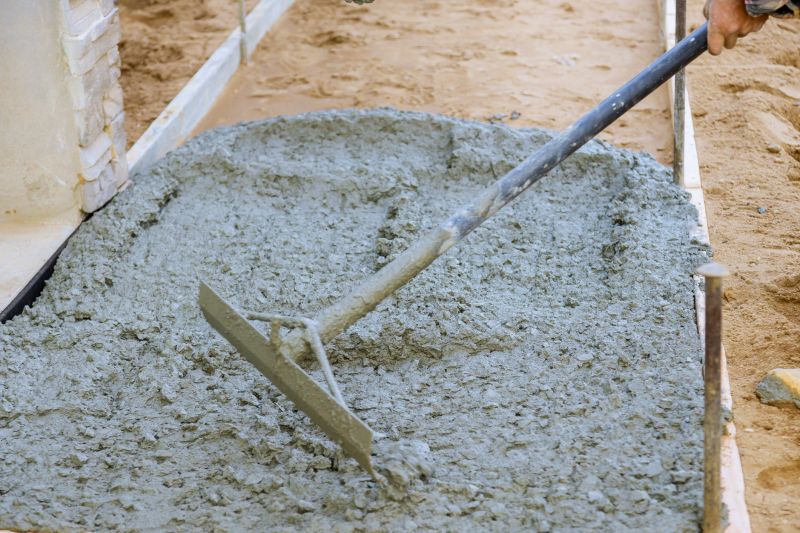
Ways to make Concrete Levelings work in tight or awkward layouts.
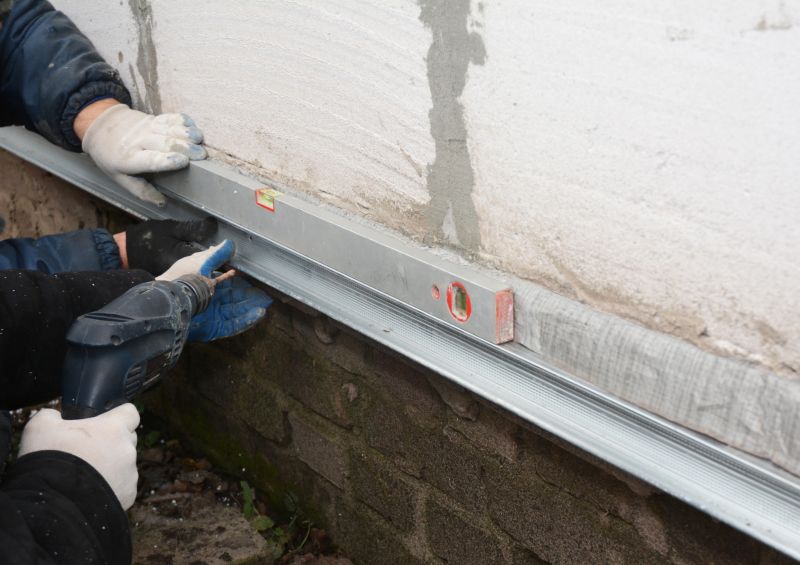
Popular materials for Concrete Levelings and why they hold up over time.
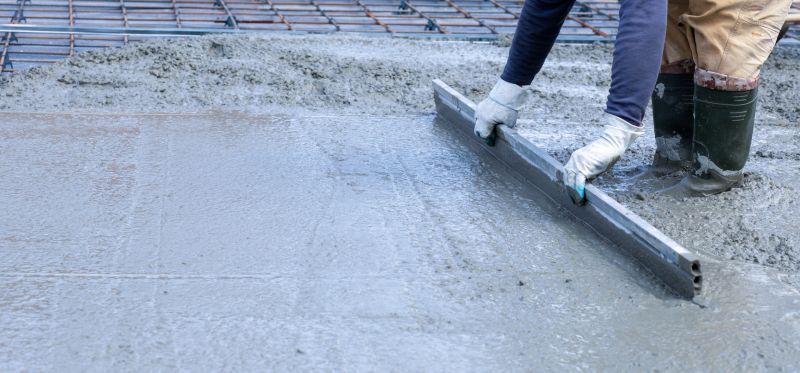
Simple add-ons that improve Concrete Levelings without blowing the budget.
| Season | Ideal Conditions |
|---|---|
| Spring | Moderate temperatures, low precipitation, stable humidity |
| Summer | Warm temperatures, low humidity, minimal rain |
| Fall | Cooler temperatures, dry weather, stable conditions |
| Winter | Not recommended due to freezing temperatures and moisture issues |
Concrete levelings involve raising and leveling uneven or sunken concrete surfaces to restore safety and appearance. This process typically uses polyurethane foam or other materials that can be injected beneath the slab to lift it without extensive demolition. Proper timing ensures the material cures correctly, providing a long-lasting and stable surface. Weather conditions significantly influence the success of the project, as cold or wet environments can hinder adhesion and curing, leading to potential re-settling or cracking.
Statistics indicate that scheduling concrete levelings during favorable weather can extend the lifespan of the repair and reduce the need for future work. Properly timed projects can result in a more durable and even surface, enhancing safety and functionality for residential and commercial properties alike.
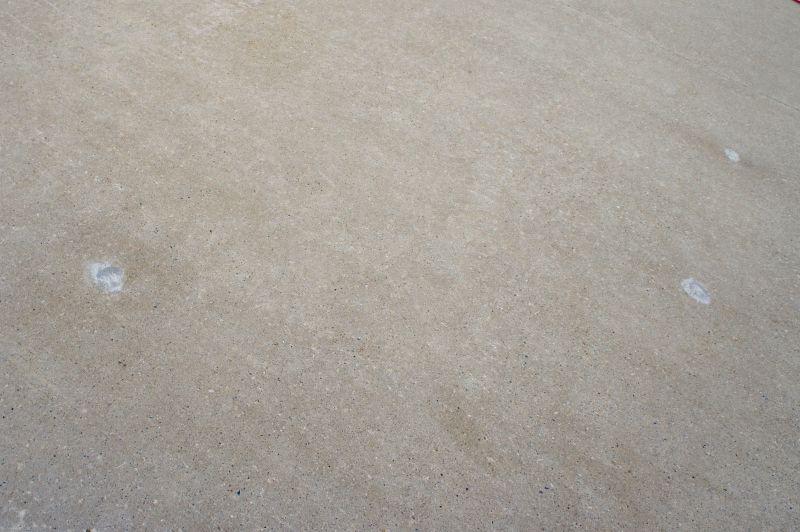
Injection of polyurethane foam to lift sunken slabs.

Transforming uneven surfaces into smooth, level areas.
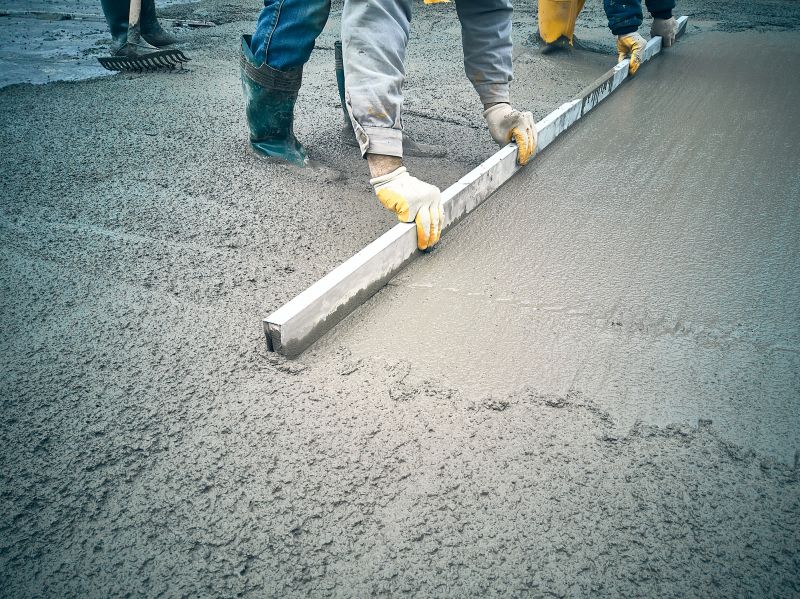
Specialized equipment ensures precise and efficient repairs.
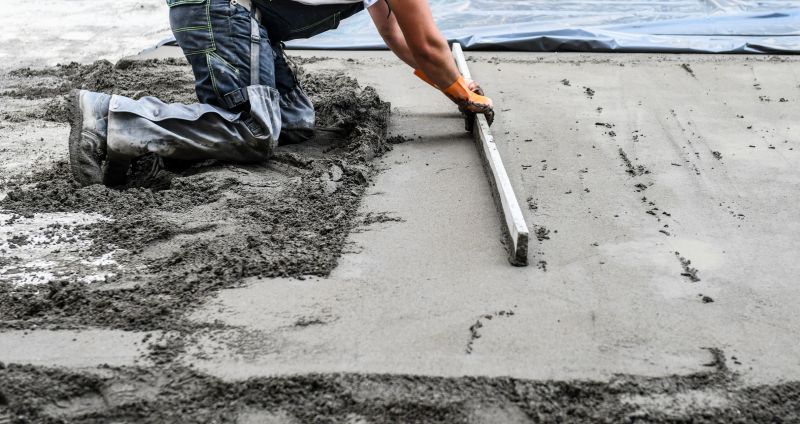
A safe, level surface ready for use.
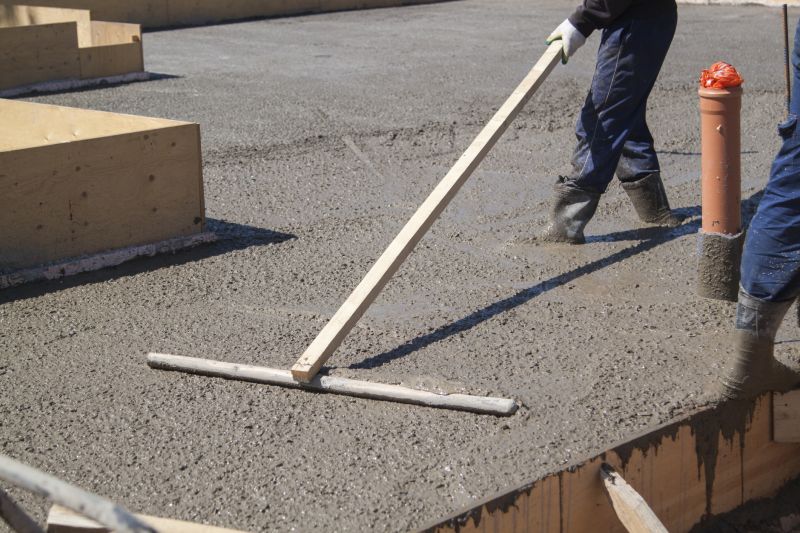
High-end options that actually feel worth it for Concrete Levelings.

Finishes and colors that play nicely with Concrete Levelings.
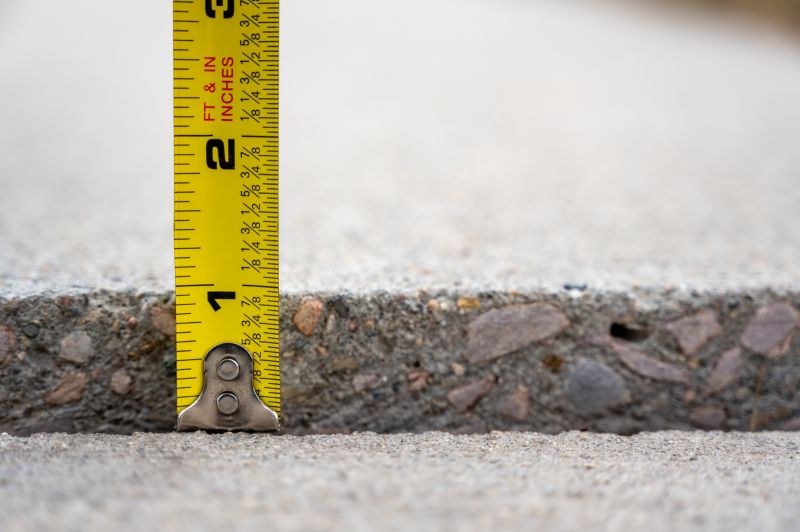
Little measurements that prevent headaches on Concrete Levelings day.
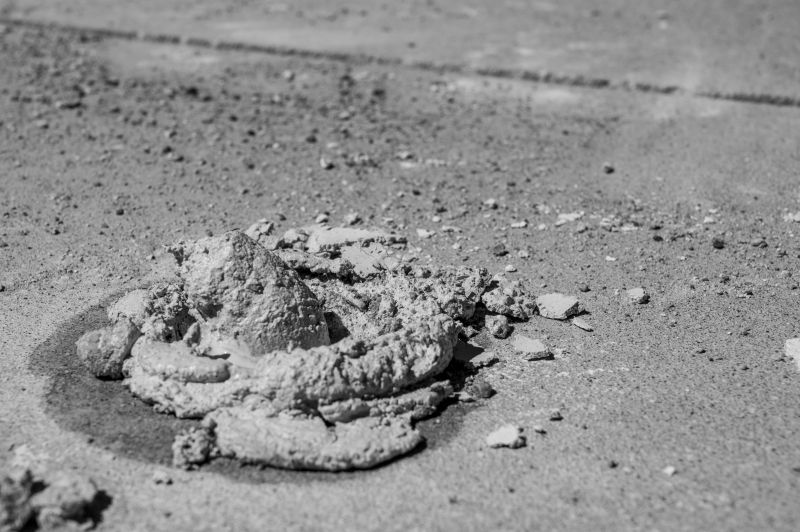
A 60-second routine that keeps Concrete Levelings looking new.
Interested in scheduling a concrete leveling project? Fill out the contact form to receive more information about available services in Federal Way, WA.
